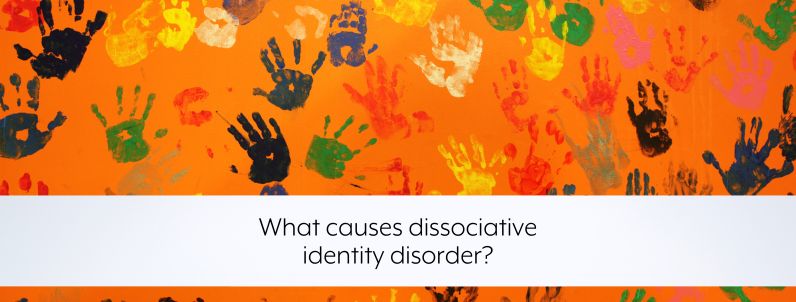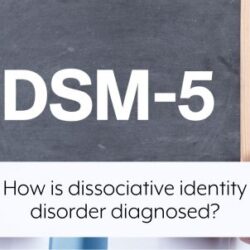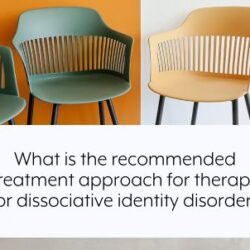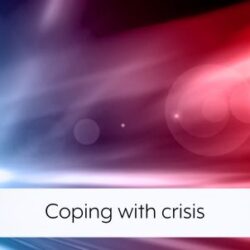
For dissociative identity disorder (DID) to develop, there is usually chronic trauma in early childhood along with significant problems in the child-
Dissociative identity disorder does not happen in a vacuum: it does not result from a chemical imbalance in the brain, and is not caused by faulty genes. There may be biological, social and environmental factors which increase people’s vulnerability to developing a dissociative disorder. But more than anything, DID develops as a result of trauma and disorganised attachment.
Risk factors for developing a dissociative disorder
Some researchers propose that there are three factors which might increase the likelihood of someone developing a dissociative disorder:
- Biologically, some people may have a greater tendency to dissociate, or they may have organic problems in the brain which makes it harder for them to integrate (or associate, as opposed to dissociate) their experiences.
- Young children’s brains are less mature than adults, and they are more susceptible to develop a dissociative personality because their sense of self and their personality are not very cohesive — they are still developing. They are less able than adults to cope with and integrate traumatic experiences. So the younger a person is when they experience trauma, the more likely they are to develop a dissociative disorder.
- Children who lack emotional and social support are more likely to develop trauma-
related dissociative disorders. If they are growing up in a toxic or neglectful family environment where they are not supported to cope with difficult feelings and situations, they are more likely to use dissociation as a way of dealing with trauma. It is less likely that they will be able to ‘integrate’ it into their autobiographical narrative (the story of their life), if they have neither the words to talk about it, nor anyone who is willing to listen and to care for them in it. Traumatic events are therefore likely to remain ‘out of mind’, or in other words dissociated.
Two principle pathways to dissociative identity disorder
According to research, there are two main factors which lead to a dissociative disorder: trauma, and disorganised attachment. Or put simply, trauma which happens repeatedly, especially abuse caused by an attachment figure (caregiver) or where that person is either ‘frightened or frightening’.
But dissociative identity disorder seems to develop only as a result of childhood trauma. Often the symptoms of a dissociative disorder do not become apparent until adulthood, but it is generally felt that trauma which occurs solely in adulthood will not result in a dissociative disorder. It may well result in post traumatic stress disorder (PTSD), but dissociative identity disorder is a developmental disorder as well as a post-
Richard Kluft offered a theory of the development of dissociative identity disorder based on four factors:
- The capacity for dissociation.
- Precipitating traumatic experiences that overwhelm the child’s nondissociative coping capacity.
- Specific psychological structuring of the DID alternate personalities.
- Perpetuating factors such as lack of soothing and restorative experiences, which necessitate individuals to find their own ways of moderating distress.
(Kluft, as cited in Chu, 2011)
Elizabeth Howell (2011, p.xvii) says:
Dissociative identity disorder is usually the outcome of chronic and severe childhood trauma, which can include physical and sexual abuse, extreme and recurrent terror, repeated medical trauma, and extreme neglect.
However, it is important to note that the overwhelming trauma for a child may not be deliberate and malicious. She also notes:
Parental illness, depression, or problematic attachment styles may be psychically overwhelming and lead to disorganised attachment. In addition, medical trauma may be dissociogenic. For example, some dissociative patients have reported histories of chronic medical problems and hospitalisations that involved severe pain and unavoidable separations from well-
meaning parents. (p.xvii)
So dissociative identity disorder is not always caused by intentional and malicious abuse, but on the vast majority of occasions it is. One team of researchers (Brand, Classen, Lanius et al, 2009a) found that amongst their patients with dissociative disorders, 86% reported a history of sexual abuse and 79% a history of physical abuse. It is possible that the percentages are even higher than this, because amnesia for trauma is one of the main symptoms and indeed diagnostic criteria for DID: many more might have reported abuse had they been able to recall it.


